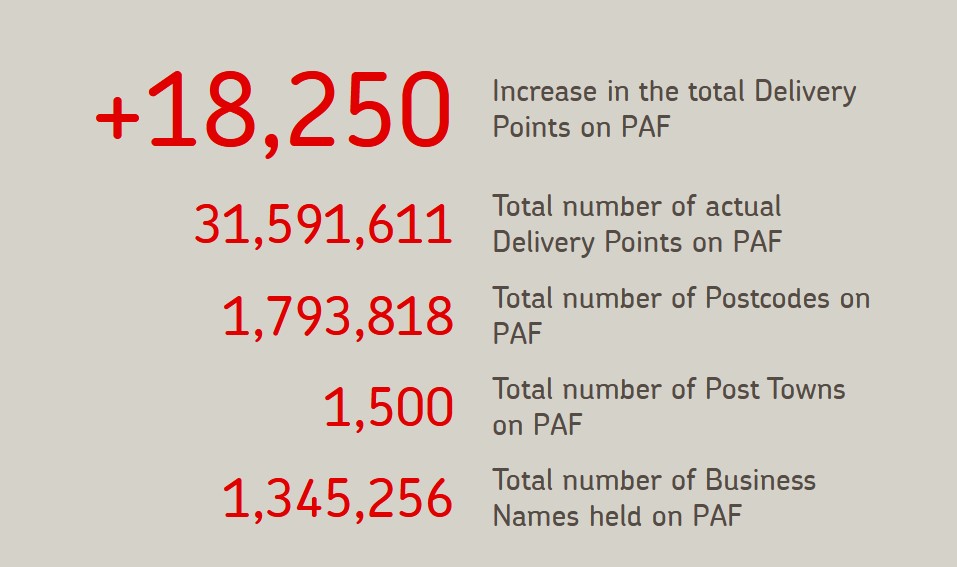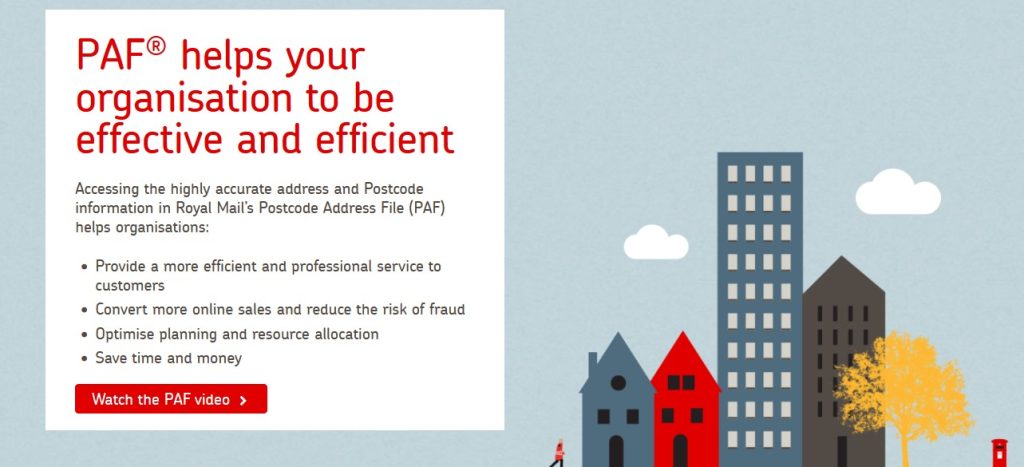In the early 1980s, the Royal Mail embarked on a transformative journey that would revolutionise the UK postal system. With the introduction of the Postcode Address File (PAF) in 1980, the postal service took a significant leap forward, harnessing the power of technology to streamline mail sorting and delivery. This comprehensive database contained all known UK addresses and their corresponding postcodes, providing the foundation for a new era of automation in the postal industry.
Postcode Address File (PAF)
The PAF proved to be a game-changer for the Royal Mail, allowing for the automation of mail sorting through the use of optical character recognition (OCR) technology. This innovative technology-enabled machines to quickly and accurately read handwritten and printed postcodes on envelopes, eliminating the need for manual sorting, which had long been a labour-intensive and time-consuming process.
The implementation of automated sorting machines, coupled with the extensive data provided by the PAF, greatly reduced the reliance on manual sorting. This shift towards automation brought with it several key benefits. First and foremost, it increased efficiency, allowing the postal service to process mail at an unprecedented pace. In turn, this expedited mail delivery, ensuring that correspondence reached its intended recipients more rapidly than ever before.
Furthermore, the use of automated sorting machines significantly reduced human error, which had been a persistent challenge in the manual sorting process. By minimising the potential for mistakes, the Royal Mail was able to enhance the overall quality and reliability of its service, leading to increased customer satisfaction.

PAF Statistics – February 2023 (source)
Cataloguing of every address in the United Kingdom
The creation and implementation of the PAF were no small feats. The database required the meticulous cataloguing of every address in the United Kingdom, a herculean task that demanded a high level of accuracy and attention to detail. The PAF was continually updated to ensure its accuracy, with new addresses and postcode changes being added on a regular basis. By 2011, the PAF contained over 29 million addresses and 1.8 million postcodes, making it one of the most comprehensive and accurate addressing databases in the world.
The success of the PAF and the automation it facilitated did not go unnoticed. Other countries soon took note of the significant improvements the UK’s postal system had experienced, and many sought to adopt similar technologies and databases to streamline their own postal services. The PAF thus had a profound impact not only on the UK postal system but also on the global postal industry.
In the years since the introduction of the PAF, the Royal Mail has continued to invest in technology and innovation to maintain and enhance its service quality. In 2004, for example, the postal service implemented a new sorting system known as the Integrated Mail Processor (IMP), which further improved the speed and accuracy of mail sorting by reading both postcodes and addresses. This state-of-the-art technology demonstrated the Royal Mail’s unwavering commitment to staying at the forefront of the postal industry.
Interesting Factoids:
- The Postcode Address File (PAF) was introduced in 1980 as a comprehensive database containing all known UK addresses and their corresponding postcodes, revolutionising mail sorting and delivery.
- Optical character recognition (OCR) technology was employed to enable machines to quickly and accurately read handwritten and printed postcodes on envelopes, significantly reducing manual sorting efforts and increasing efficiency.
- The implementation of automated sorting machines not only improved the speed of mail processing but also reduced human error and expedited mail delivery times.
- By 2011, the PAF contained over 29 million addresses and 1.8 million postcodes, making it one of the most comprehensive and accurate addressing databases in the world.
- The success of the PAF and the automation it enabled inspired other countries to adopt similar technologies and databases to improve their own postal services.
- In 2004, the Royal Mail implemented the Integrated Mail Processor (IMP), a new sorting system that further improved the speed and accuracy of mail sorting by reading both postcodes and addresses, demonstrating the Royal Mail’s commitment to continuous innovation.
The introduction of the Postcode Address File in 1980 marked a turning point in the history of the UK postal system. By embracing technology and automation, the Royal Mail was able to significantly enhance the efficiency, speed, and reliability of its service, ultimately benefiting both customers and the postal service itself. The PAF and the innovations it facilitated stand as a testament to the power of technology and its ability to transform even the most traditional and established industries.
Want to learn more about PAF? Visit the PAF website: https://www.poweredbypaf.com/
